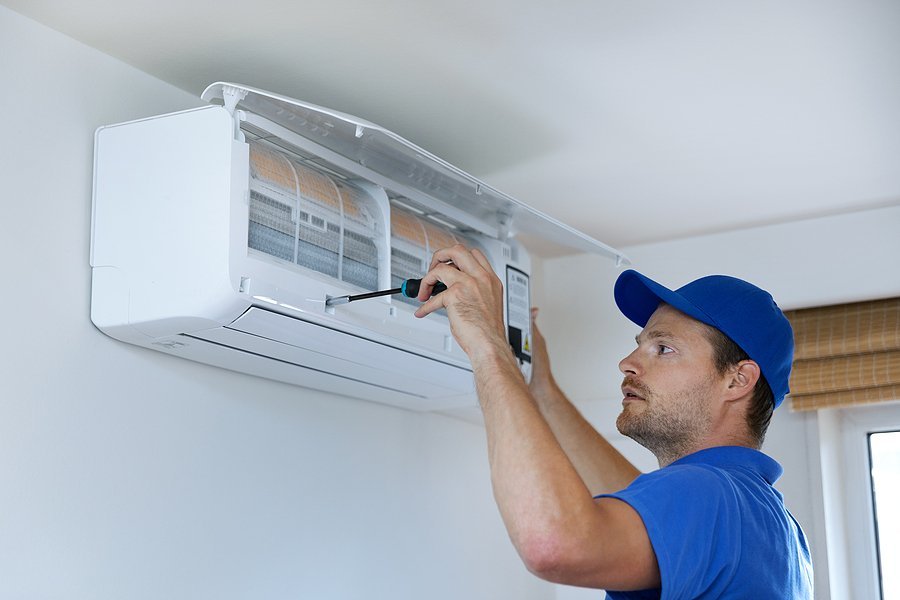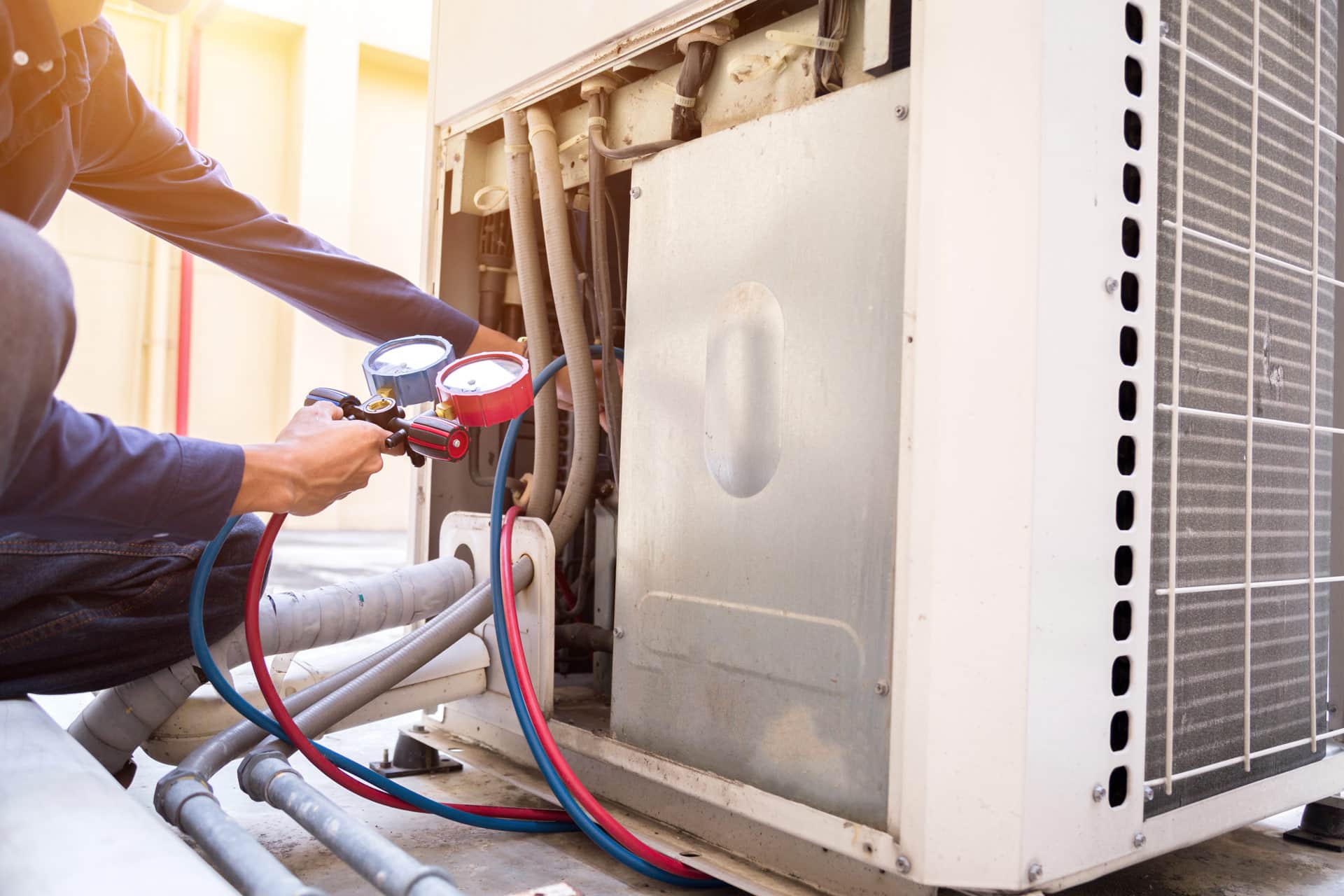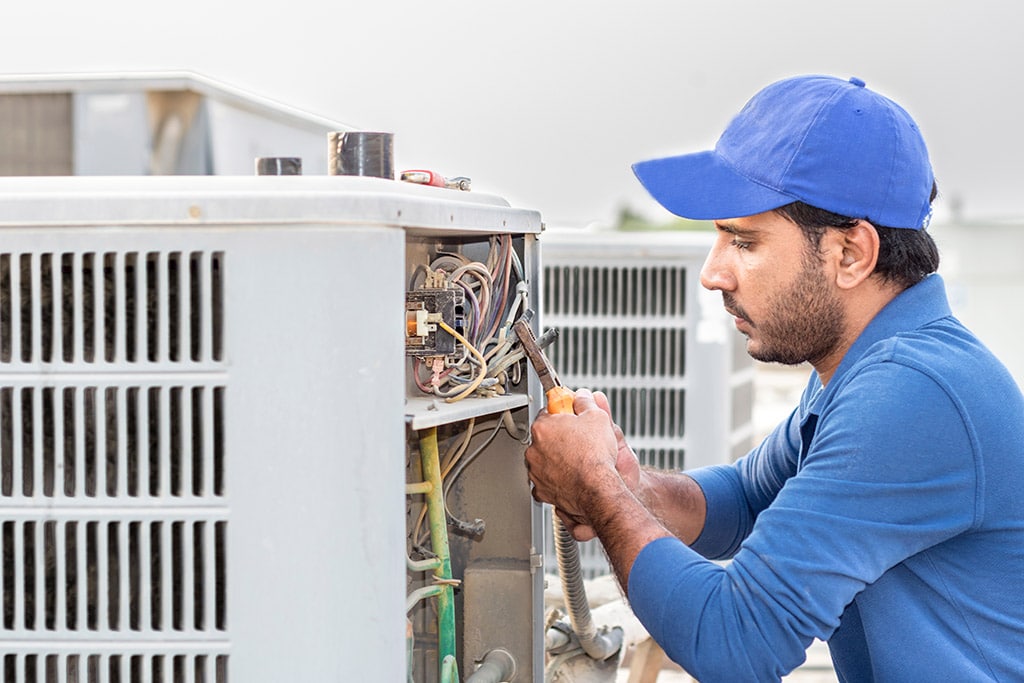Air Conditioning Unit Maintenance: Urgent AC Repair Advice and Guidance
AC Unit Maintenance: Effective Environment Control Systems Are Crucial For Indoor Convenience And Energy Cost Savings
Components and Systems: The HVAC Symphony
Ever wonder what genuinely orchestrates the environment control in your house or office? It's far more than simply a box humming outside. We're speaking about a sophisticated interplay of elements, a genuine symphony of engineering developed to keep your comfort, come rain or shine, or even the most blistering heatwave. Understanding these specific parts, and how they coalesce into a unified system, is critical for any house owner or center manager. Think about it like a human body: each organ has an essential role, but it's their cumulative function that keeps us alive and thriving.
The Core Players: What Makes it Tick?

At the heart of most residential and light commercial a/c setups, you'll discover several essential gamers. Do you truly know what each one does? Let's break down the essential cast:
- Furnace: The heating powerhouse, typically sustained by natural gas, lp, or electrical power. It warms the air that then flows throughout your space.
- Air conditioning unit: The cooling champion, eliminating heat and humidity from indoor air through a refrigerant cycle.
- Ductwork: The circulatory system of your heating and cooling, a network of channels that disperses conditioned air to numerous rooms and returns stagnant air for reconditioning. Without properly sized and sealed ducts, even the most efficient system can fail.
- Thermostat: The brain of the operation, allowing you to set and keep desired temperatures. Modern thermostats are capable of unbelievable tasks, from Wi-Fi connection to discovering your choices.
Beyond the Essentials: Integrated Systems
While the furnace and air conditioning system are typically unique units, they regularly share common components, forming an integrated system. The exact same blower fan within the heater often propels air for both heating and cooling. This smooth integration is what makes a contemporary a/c system so effective and easy to use. Think about the timeless scenario: a sweltering summertime day offers method to a remarkably chilly evening. Your system, if properly created, transitions easily from cooling to heating, making sure continuous comfort without you lifting a finger. It's genuinely a marvel of modern convenience technology.
Improving Air Quality: More Than Simply Temperature
Beyond merely warming and cooling, contemporary a/c services frequently include parts intended at enhancing indoor air quality. Are you familiar with the invisible threats lurking in your air? From allergens to toxins, an excellent system actively fights them. This can consist of advanced filtration systems, humidifiers to include moisture in dry environments, or dehumidifiers to draw out excess humidity. Some systems even integrate UV lamps to eliminate airborne pathogens. It has to do with creating a holistic environment, not just a comfortable temperature. What good is comfort if the air you breathe is subpar?
Cooling And Heating Concepts: The Hidden Ballet of Convenience
Ever question why one room seems like a sauna while the next is an icebox, in spite of your thermostat's impassioned prayers? The answer frequently lies in a nuanced understanding of heating and cooling concepts, a subtle dance of energy transfer that determines our indoor convenience. It's not simply about cranking up the air conditioner or stoking the furnace; it has to do with handling the circulation of heat, that persistent tourist always looking for balance. Consider it like water streaming downhill-- heat constantly moves from warmer areas to cooler ones. This basic fact underpins every aspect of effective a/c system operation, yet it's often neglected, leading to persistent pain and, frankly, squandered energy.
The Elusive Even Temperature Level
The most common aggravation house owners voice centers on unequal temperatures. You adjust the thermostat, hoping for a blanket of comfort, just to discover one room sweltering while another shivers. Why does this occur? Frequently, it's a sign of improperly sized or poorly balanced ductwork. Envision a garden hose pipe attempting to water a whole get more info lawn; some areas get drenched, others remain dry. Similarly, if your ductwork isn't designed to deliver the right volume of conditioned air to each space, hot and cold spots end up being an unavoidable truth. A common error is presuming that merely including more vents will fix the issue. In reality, it can exacerbate it by interfering with the fragile balance of atmospheric pressure within the system. A HVAC technician worth their salt will perform a Manual J load estimation, an in-depth analysis that determines the accurate heating and cooling requirements of each space, taking into consideration elements like window size, insulation, and even the number of residents. Without this fundamental action, you're essentially flying blind.
Techniques of the Trade for Optimal Effectiveness
- Zoning Systems: For ultimate control and effectiveness, consider a zoning system. This permits you to divide your home into distinct temperature level zones, each with its own thermostat. No more heating or cooling vacant rooms! It resembles having multiple mini-HVAC systems tailored to your lifestyle.
- Duct Sealing: Leaky ducts are infamous energy burglars. A significant percentage of conditioned air can escape through unsealed joints and holes before it even reaches your home. Professional duct sealing with mastic or specialized tape (not just normal duct tape, which fails quickly) can considerably enhance performance and eliminate phantom drafts.
- Insulation's Function: Your home's insulation acts as the bouncer for heat, avoiding it from crashing the celebration in summer and getting away in winter. Is your attic sufficiently insulated? Are your walls simple sieves for thermal energy? An easy assessment can reveal significant chances for improvement.
- Fan Settings Matter: Many property owners simply set their fan to "automobile." While usually fine, consider running your fan continuously on a low setting, especially in shoulder seasons. This helps distribute air, minimizing temperature level stratification and making your home feel more regularly comfy, even if the main heating or cooling isn't actively running.

Comprehending these fundamental heating and cooling concepts empowers you to make educated choices about your home's comfort and energy intake. It's not practically repairing a broken system; it's about orchestrating a symphony of warmth and coolness, making sure every note is played ideal.
The Breath of Life: Ventilation and Air Quality
Ever strolled into a room and felt that immediate stuffiness, that sense of recycled air holding on to your lungs? It's a common experience, a subtle yet consistent discomfort that often goes unaddressed. Many homeowners, concentrated on heating & cooling, overlook the vital role of ventilation in their HVAC system. It's not just about temperature; it has to do with the really air we breathe. Think about your home as a living organism; without proper air flow, it suffocates, trapping contaminants, irritants, and even stale smells. This oversight can lead to a host of indoor air quality concerns, a silent foe deteriorating comfort and potentially impacting wellness.
One of the most significant difficulties house owners deal with in preserving remarkable indoor air quality centers on the accumulation of microscopic air-borne particles. These undetectable invaders, varying from allergen and pet dander to mold spores and unpredictable natural compounds (VOCs) off-gassing from furnishings, flow endlessly without adequate air exchange. Picture trying to clean up a dusty room by just moving the dust around; that's akin to recirculating stagnant air without introducing fresh, filtered air. This constant re-exposure can intensify respiratory conditions, trigger allergic reactions, and generally diminish the feeling of a clean, healthy home. But what can be done to genuinely clarify?
Beyond the Fundamental Filter: Advanced Air Purification
While basic heater filters capture larger particles, they frequently fall short when it pertains to the genuinely minute contaminants. This is where the discerning homeowner considers upgrading their heating and cooling system's air purification. Have you thought about a MERV 13 or higher filter? These pleated powerhouses can trap a significantly higher portion of airborne particles, consisting of germs and even some viruses. However the journey to beautiful air does not end there. For a genuinely comprehensive technique, UV germicidal lights incorporated into your ductwork provide an extra layer of defense, reducing the effects of air-borne pathogens as they pass through. It resembles having a tiny bouncer for your air, making sure just the cleanest molecules make it into your living area. And for those with relentless smell concerns or chemical sensitivities, a whole-house activated carbon filter can be a game-changer, soaking up gaseous contaminants that even the finest particle filters miss out on. It has to do with proactive defense, not reactive relief.
- Check and replace air filters quarterly, or more often if you have family pets or allergic reactions.
- Consider a whole-house humidifier or dehumidifier to control indoor humidity levels, which can affect mold development.
- Ensure proper sealing of ductwork to prevent unfiltered air from getting in the system.
- Use exhaust fans in bathroom and kitchens to get rid of wetness and cooking smells at their source.
Did you know that merely opening windows for a couple of minutes each day, even in winter, can dramatically improve indoor air quality by watering down pollutants? It's a basic, cost-efficient trick that many neglect. Moreover, strategically placed indoor plants, such as spider plants or peace lilies, can function as natural air purifiers, taking in certain toxins from the air. While they won't replace a robust ventilation system, they use a charming, green complement to your indoor air strategy. The goal is to create an environment where the air is not just comfortable in temperature, however really stimulating to breathe.
Installation and Maintenance: The Unsung Heroes of HVAC Longevity
Ever question why some HVAC systems purr like satisfied kitties for decades while others sputter and cough their dying breath far prematurely? The secret, dear reader, often lies not in the preliminary purchase, however in the careful dance of setup and the persistent rhythm of upkeep. It's a tale as old as time, or at least as old as air conditioning itself: a system, no matter how sophisticated, is just as excellent as its setup and subsequent care. An improperly set up system can lead to a cascade of problems, from ineffective operation that drains your wallet quicker than a leaky faucet to early component failure. Envision trying to run a marathon with ill-fitting shoes; you might end up, however not without substantial pain and prospective injury. Your HVAC system faces similar hardships when not effectively incorporated into your home's distinct thermal envelope.
Think about the air flow. A common oversight throughout installation, and one that causes untold headaches, focuses on proper ductwork sizing and sealing. It resembles attempting to consume a milkshake through a small, punctured straw-- you're putting in a lot of effort for really little benefit. Undersized ducts limit air flow, requiring the blower motor to work harder, taking in more energy, and reducing its lifespan. Dripping ducts, on the other hand, are like tossing money out the window, literally, as conditioned air leaves into unconditioned areas. Did you know that as much as 30% of a home's heating and cooling energy can be lost due to dripping ducts? It's an incredible figure, frequently ignored, and quickly fixed with appropriate sealing methods using mastic or specialized metallic tape, not simply the flimsy cloth-backed duct tape everyone mistakenly calls "duct tape."
The Rites of Regular Upkeep
So, you've got a perfectly set up system. Now what? The journey does not end there; it simply begins a brand-new chapter: maintenance. Believe of your heating and cooling system as a high-performance lorry. Would you ever skip oil modifications or tire rotations? Of course not, since you comprehend the long-lasting effects. Ignoring your Heating and cooling system's annual tune-ups is a gamble you're unlikely to win. These aren't simply approximate visits; they are important preventative procedures. A professional checks refrigerant levels (the lifeblood of your system), cleans coils (those unsung heroes of heat exchange), inspects electrical connections (preventing possible fire risks), and lubes moving parts. It's during these sees that small problems, easily rectified, are captured before they blossom into costly breakdowns. A dirty evaporator coil, for example, can reduce performance by 5-10%, forcing your system to work more difficult to accomplish the preferred temperature. It's like trying to breathe through a clogged up nose; everything becomes harder.
Here are a few professional insights to keep your system humming:

- Filter Skill: Modification your air filter every 1-3 months, specifically if you have pets or allergies. A clogged filter is a major air flow impediment, reducing effectiveness and putting stress on your system.
- Clear the Condensate Drain: Periodically pour a cup of distilled vinegar down your condensate drain line. This prevents algae and mold development that can block the line, resulting in water damage and system shutdown.
- Outdoor Unit TLC: Keep the area around your outdoor condenser system clear of particles, leaves, and thick vegetation. A foot or 2 of clearance on all sides ensures proper airflow, which is critical for effective heat dissipation.
- Thermostat Wisdom: Consider updating to a programmable or clever thermostat. These gadgets can discover your habits and enhance temperature settings, saving energy and extending the life of your system by lowering unnecessary cycling.
Remember, a little proactive effort in installation and maintenance goes a long way in ensuring your a/c system provides consistent comfort and efficiency for years to come. It's not almost convenience; it's about protecting your investment and ensuring comfort.